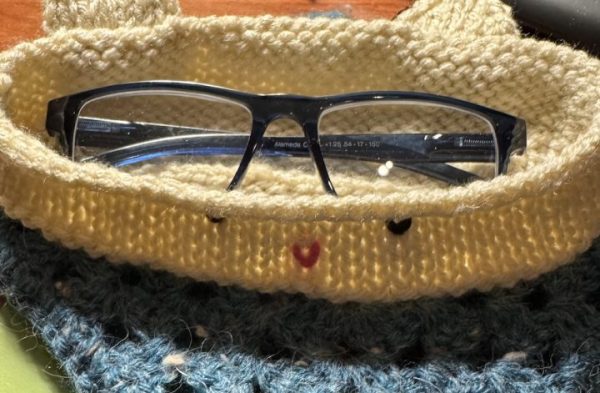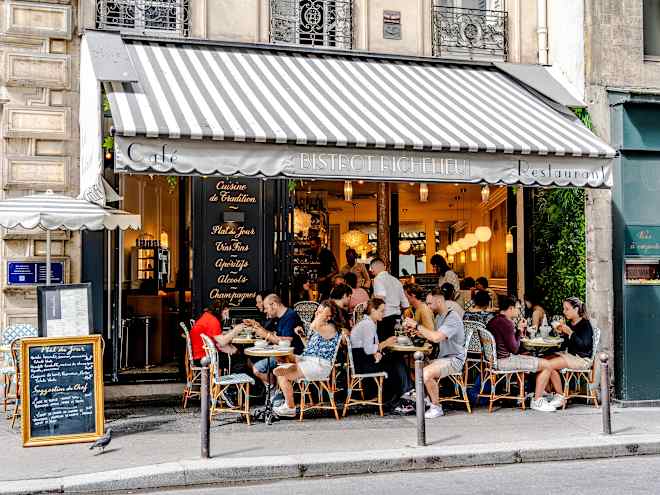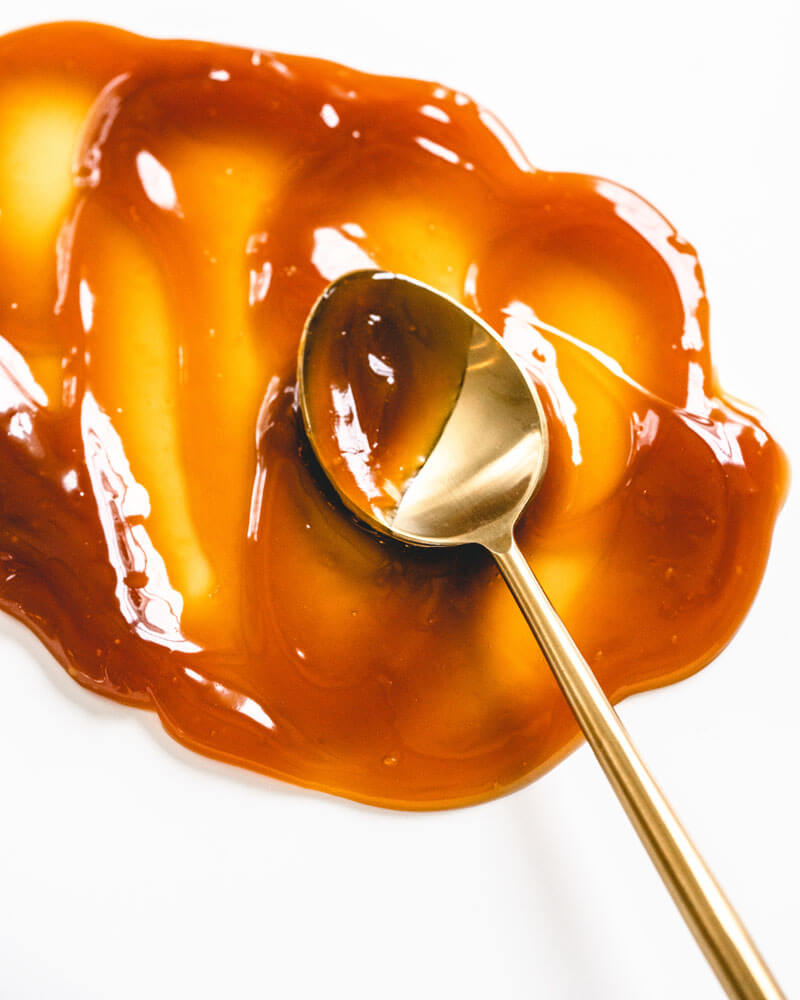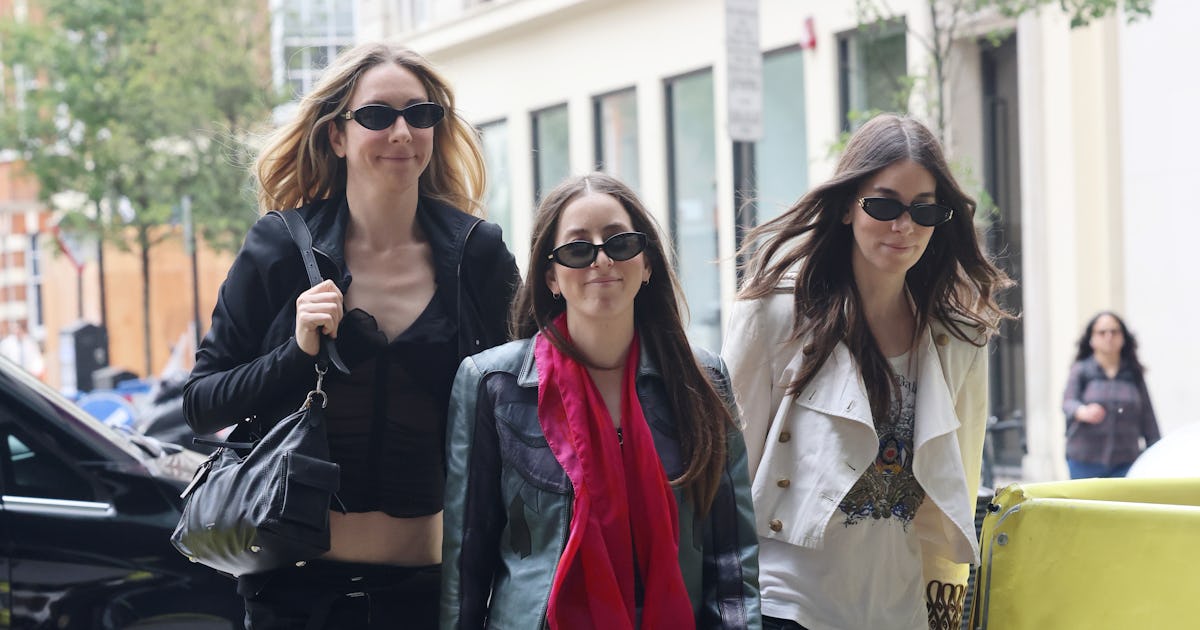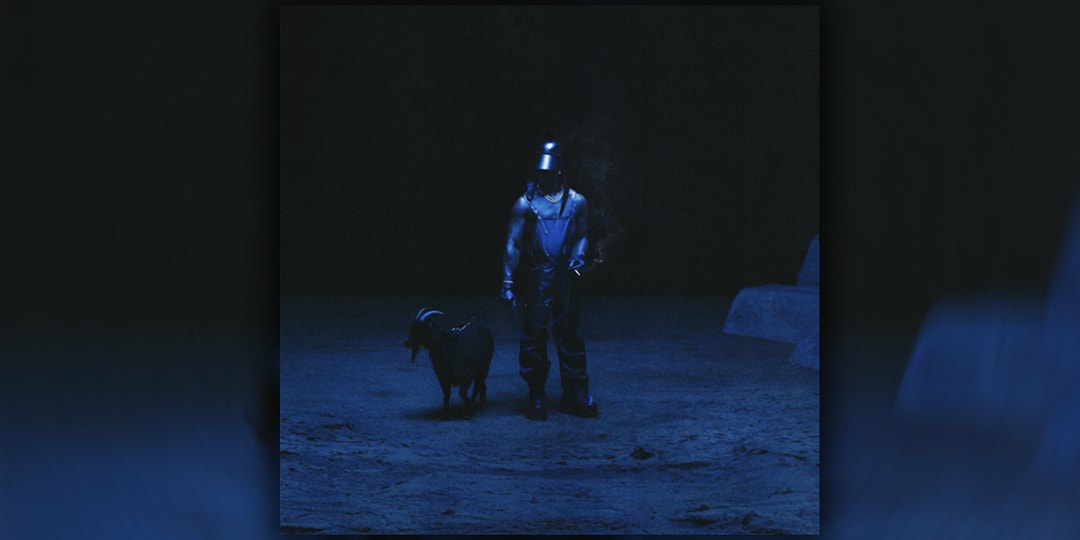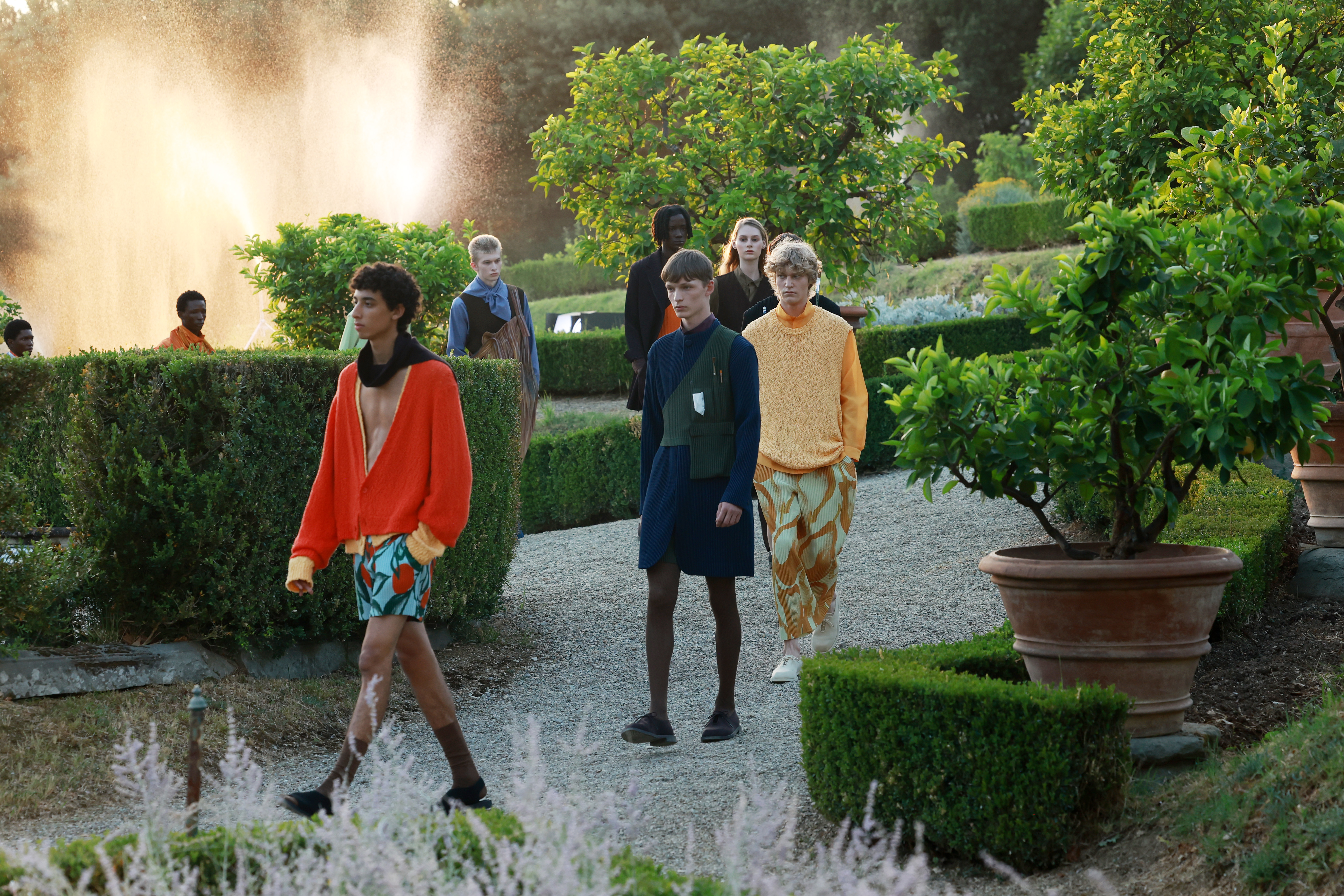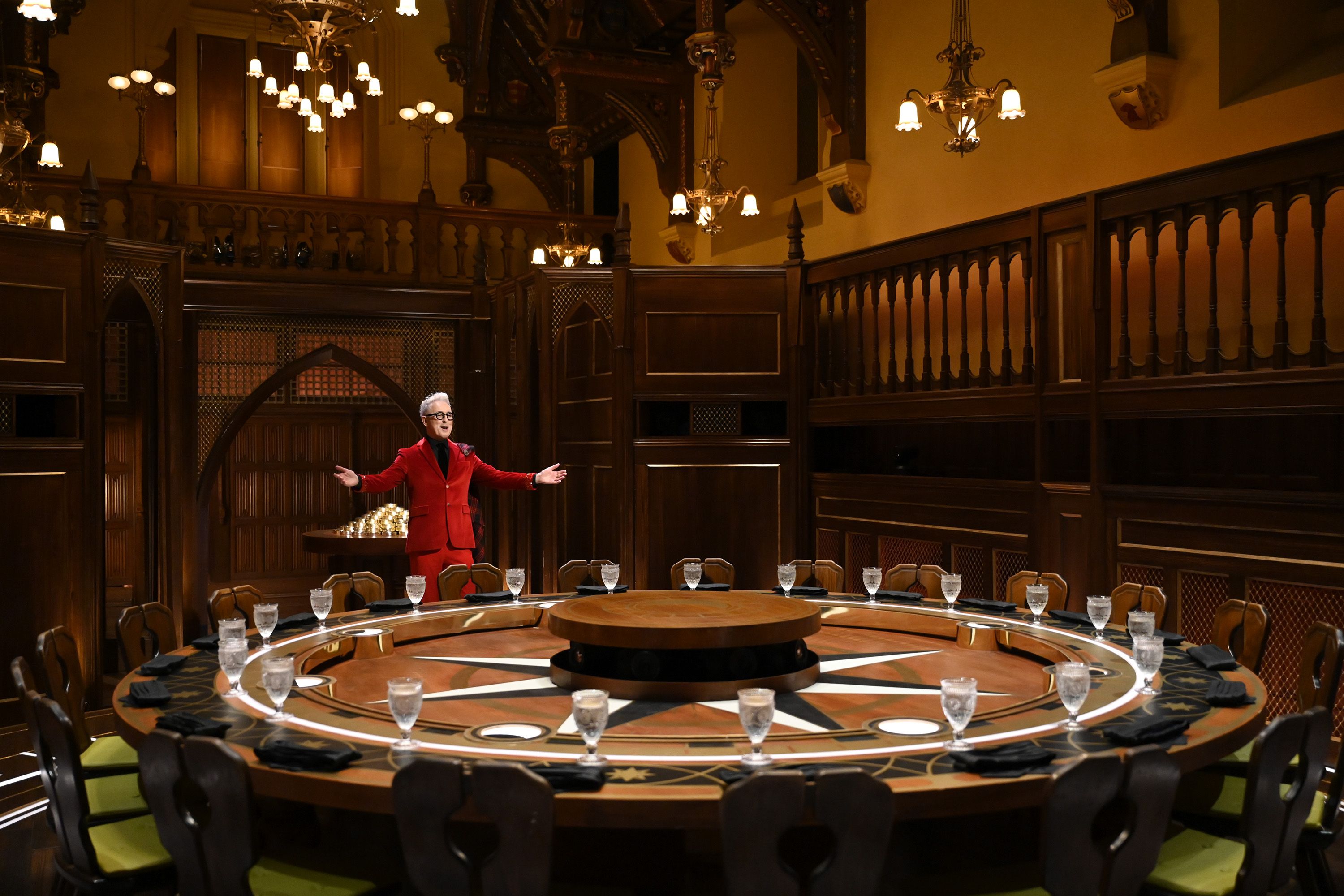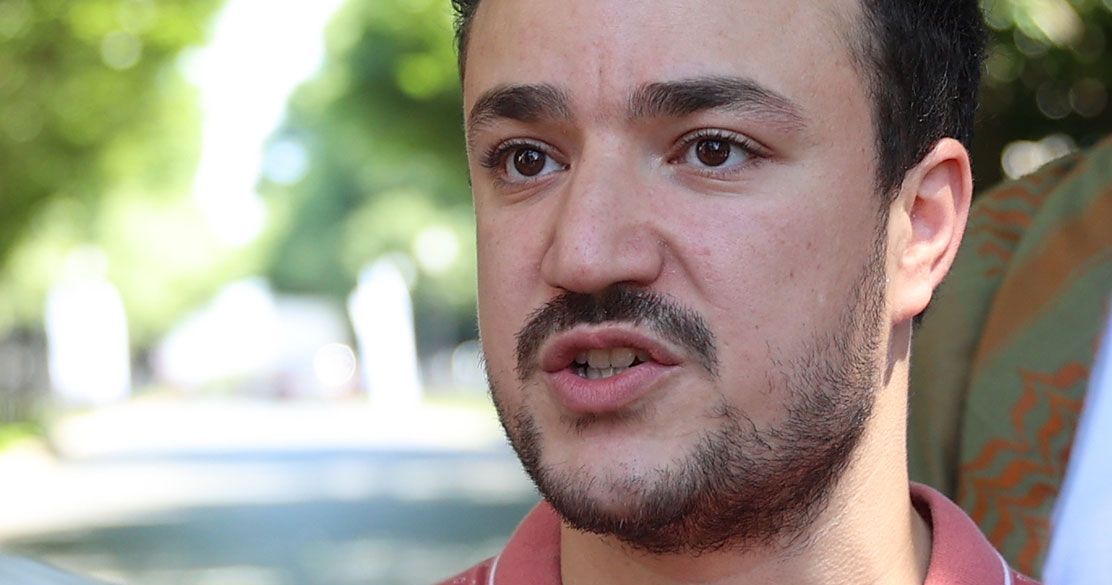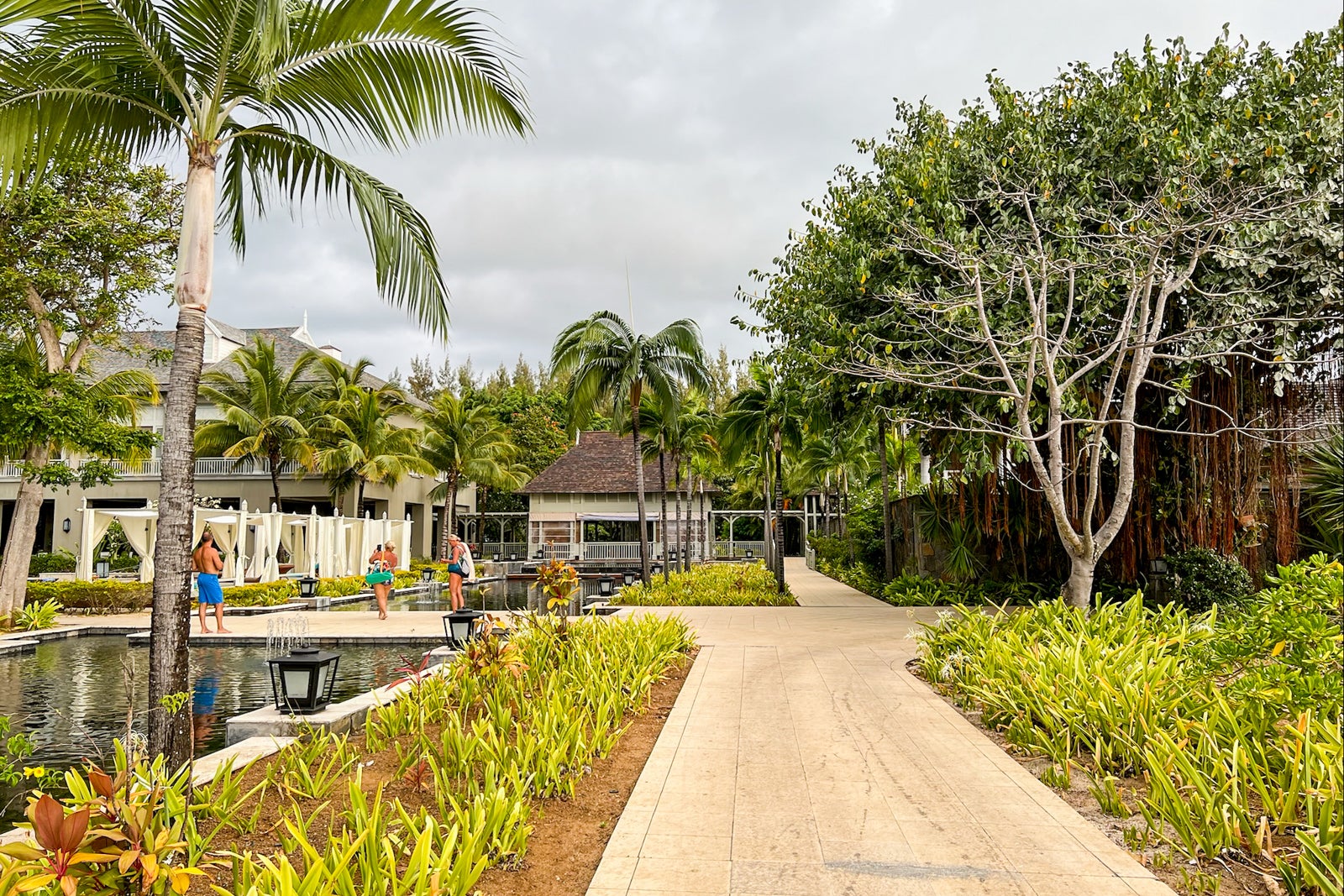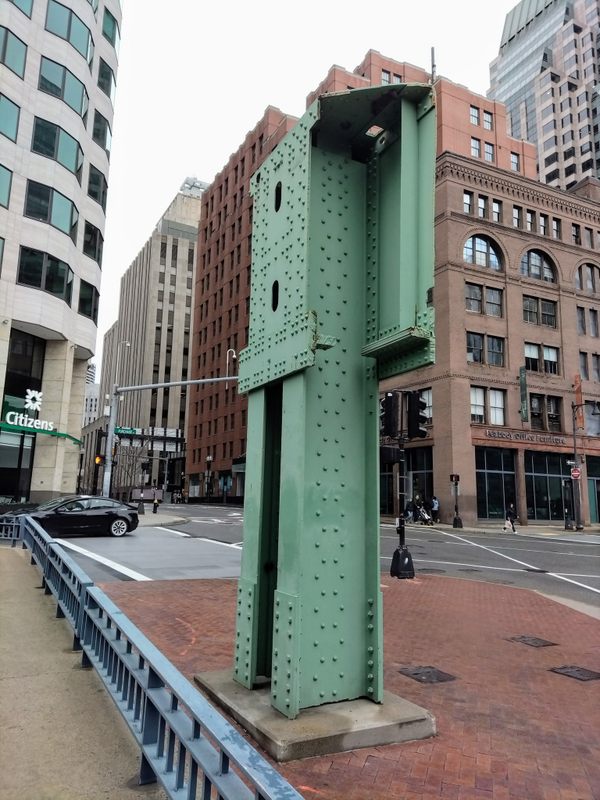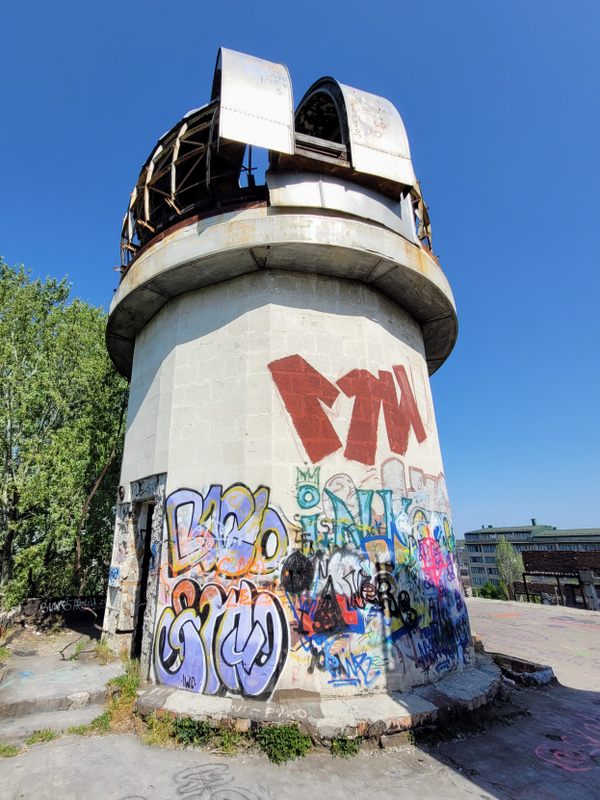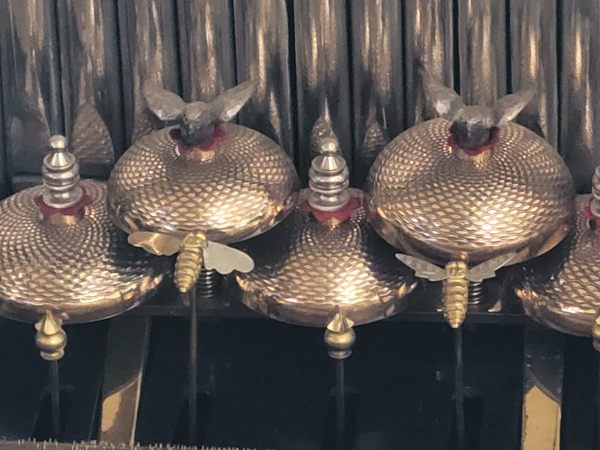Porta Coeli Cathedral in Mexico City, Mexico
When referring to the Mexico City Cathedral, it will almost always be in relation to the Roman Catholic Catedral Metropolitana, an imposing colonial structure built atop (and out of) the ruins of the Aztec/Mexica temples of Tenochtitlán. However, the city is actually home to other cathedrals. The Cathedral of Our Lady of Balvanera (also spelled Valvanera) is the seat of the Maronite Church, while Porta Coeli hosts the Melkite Greek rite. Both of these denominations are part of the Eastern Catholic Churches that, along with the Roman rite, are in full communion with the Pope. Differences with Roman Catholicism include the use of other liturgical languages, like Aramaic for the Maronites and both Greek and Arabic for the Melkites. These languages give us a clue as to why Mexico City would have significant enough congregations to require cathedrals for these rites. The country has a large community of migrants that fled the Levant and Eastern Mediterranean in response to policies of the Ottoman Empire toward Christians during the late-19th century. In Mexico they are often referred to as the libaneses (Lebanese). Plaques dedicated to major donors for the restoration of its mosaics name prominent Mexicans of Middle Eastern ancestry, like the Kuri and Hajj families. These large mosaics with text in Arabic and Greek scripts, reminiscent of Byzantine church decoration, are found in the Cathedral’s interior. For this reason, many visitors often mistake the building as belonging to an Orthodox, non-Catholic church. Given the importance of language in this religious diversity, it’s notable that the cathedral’s name is in Latin—Porta Coeli (“Heaven’s Door”)—though appropriate, as Roman Catholics often visit and worship here. Perhaps this is clearest in the figure of the Señor del Veneno (Lord of Poison). This striking image of the crucifixion features an entirely black figure of Jesus Christ, as legend tells that its color comes from having absorbed poison intended for a believer named Fermín Andueza in the 18th century. Andueza’s business rival, noticing that he often kissed the sculpture’s (then light-colored) feet in devotion, place poison on them. When Andueza kneeled to kiss the feet, the statue appeared to sweat and move, saving his life. The image later turned black and was considered miraculous, leading to its relocation to the Catedral Metropolitana. A replica now stands in Porta Coeli in memory of the miracle believed to have happened in the area.


When referring to the Mexico City Cathedral, it will almost always be in relation to the Roman Catholic Catedral Metropolitana, an imposing colonial structure built atop (and out of) the ruins of the Aztec/Mexica temples of Tenochtitlán. However, the city is actually home to other cathedrals. The Cathedral of Our Lady of Balvanera (also spelled Valvanera) is the seat of the Maronite Church, while Porta Coeli hosts the Melkite Greek rite. Both of these denominations are part of the Eastern Catholic Churches that, along with the Roman rite, are in full communion with the Pope.
Differences with Roman Catholicism include the use of other liturgical languages, like Aramaic for the Maronites and both Greek and Arabic for the Melkites. These languages give us a clue as to why Mexico City would have significant enough congregations to require cathedrals for these rites. The country has a large community of migrants that fled the Levant and Eastern Mediterranean in response to policies of the Ottoman Empire toward Christians during the late-19th century. In Mexico they are often referred to as the libaneses (Lebanese). Plaques dedicated to major donors for the restoration of its mosaics name prominent Mexicans of Middle Eastern ancestry, like the Kuri and Hajj families.
These large mosaics with text in Arabic and Greek scripts, reminiscent of Byzantine church decoration, are found in the Cathedral’s interior. For this reason, many visitors often mistake the building as belonging to an Orthodox, non-Catholic church. Given the importance of language in this religious diversity, it’s notable that the cathedral’s name is in Latin—Porta Coeli (“Heaven’s Door”)—though appropriate, as Roman Catholics often visit and worship here. Perhaps this is clearest in the figure of the Señor del Veneno (Lord of Poison).
This striking image of the crucifixion features an entirely black figure of Jesus Christ, as legend tells that its color comes from having absorbed poison intended for a believer named Fermín Andueza in the 18th century. Andueza’s business rival, noticing that he often kissed the sculpture’s (then light-colored) feet in devotion, place poison on them. When Andueza kneeled to kiss the feet, the statue appeared to sweat and move, saving his life. The image later turned black and was considered miraculous, leading to its relocation to the Catedral Metropolitana. A replica now stands in Porta Coeli in memory of the miracle believed to have happened in the area.

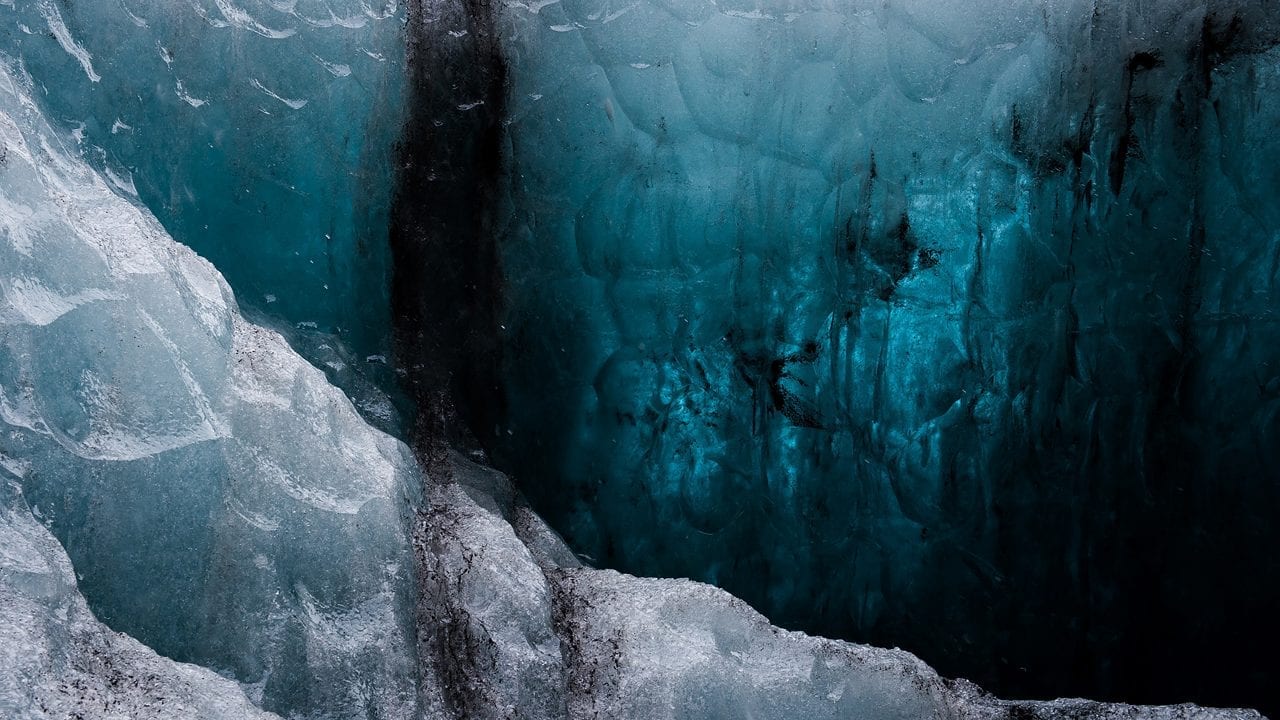






























































![nqz "I would be lying if I said I don't [feel pressure]. It was so different for me to see all those people and be in a Major playoffs"](https://img-cdn.hltv.org/gallerypicture/kAkShxXB96gCZmlpU-ivfH.jpg?auto=compress&ixlib=java-2.1.0&m=/m.png&mw=107&mx=20&my=474&q=75&w=800&s=935037b04cd96d3e70935ccfb24c348e#)

























